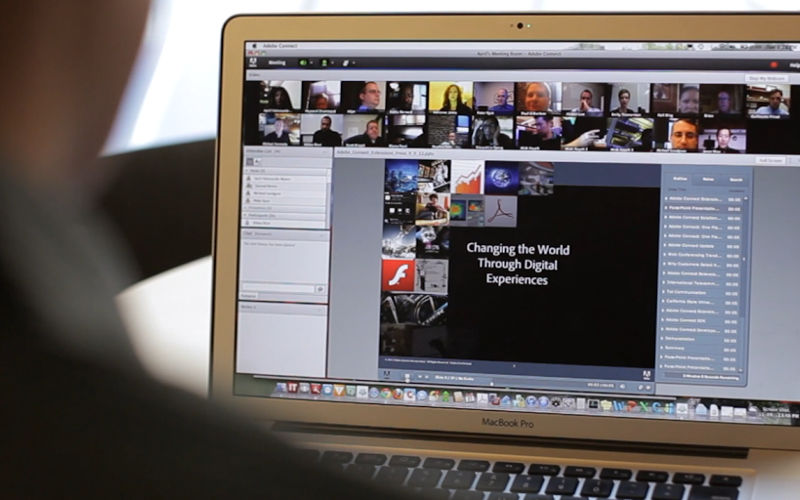Video conferencing has leapt into the 21st century with a lot of bravado, addressing its free competitors and eliminating the need for dedicated conference rooms – well, at least eliminating it for most businesses.
Although attention to the industry had been dwindling in the early 2000s, it has since made a massive recovery, as Statista.com shows that the video conferencing industry’s global market has increased seven-fold since 2009. Video conferencing isn’t what it used to be – and for the average business owner, that’s a good thing.
How Video Conferencing Has Modernized
With the advent of the Internet and more powerful computers both at home and in the office, the need for better, specialized hardware quickly began to die down in the video conferencing world. Instead of video conferencing equipment, companies like Blue Jeans innovated by providing video conferencing solutions for already existing hardware, allowing companies to scale the services to their respective needs.
Software over hardware – that became the protocol for many service providers, especially those catering to the SME market. It’s solid reasoning, after all – by cutting down to the essentials, and maximizing the potential of software over hardware, manufacturing costs could be reduced and thus also the respective price tags.
Finally, video conferencing has modernized itself to become a solution to another grating problem – the fact that a day only has 24 hours. Time-management is an invaluable tool for businesses, and with the amount of time businesses waste during meetings according to sources like Atlassian, it should be a priority for many managers and leaders to seek out the best methods for eliminating the kind of behavior and the habits that let daily meetings run too long, without any proper results.
How All Businesses May Apply
Another keyword in the modernization of video conferencing is scalability – that is, the fact that premium service providers put just as much effort into making video conferencing feasible on smartphones, as they do making it work seamlessly on desktops and dedicated teleconference equipment.
In some cases, software is so well integrated that all one needs to do is carry a smartphone and check into the invitation sent out by the meeting administrator. From there, several people on different devices – no matter whether they’re on a Mac, a Windows PC or Phone, an iOS device or an Android device – can all log onto the meeting and take part in it entirely.
That level of interoperability is successfully giving new startups an advantage their predecessors didn’t have – efficiency. Meetings can be held anywhere, at any time, without the cost of set-up or travel time and expenses, without the need for preparations and meeting rehearsals. Out of a whim, the entire team can be called together and briefed face-to-face on all the material for an important new client, no matter where or at what time – all for much, much cheaper than ever before.
How the Cloud Changed Video Conferencing and Computing in General
Most of the recent changes in video conference technology are due to the adoption of the cloud as a standard in business. With the ability to outsource the most expensive aspects of secure video conferencing, service providers were able to plummet prices even further, all while greatly boosting interconnectivity.
Convenience is another perk of the cloud. Because everything can be stored remotely, devices gain simple access to pre-existing infrastructure, instead of being the point of origin for the network’s infrastructure to begin with. This seems mostly like it would be good news for small businesses that don’t have the funds or the budget to invest in an entire video conferencing chamber, but there’s more to it.
This Doesn’t Mean the Death of the Conference Room
Large businesses with pre-existing conference rooms or with plans to create one still have good reasoning to do so. While it isn’t a necessity for small businesses to build dedicated meeting rooms just to take advantage of the benefits video conferencing can have for their teams and client communication, it’s different on a larger scale.
Conference calls and meetings held in respective rooms are still reflective of a sense of preparation and sophistication in business. Having a quiet, preferably sealed room without monitoring equipment to prevent any form of espionage during confidential industry meetings remains to be a standard, now and most likely for a long time – but the cloud has made things much easier, even for large-scale video conferencing technology.
For one, private cloud networks make it easier for businesses to communicate and share files at high speeds. Although public networks are more common than private ones as per statistics Forbes collected from RightScale – which could be due to several reasons including it being the more budget-friendly option for small businesses – private cloud networks allow a company to operate internationally with a far greater interoperability, and that includes video conferencing.

